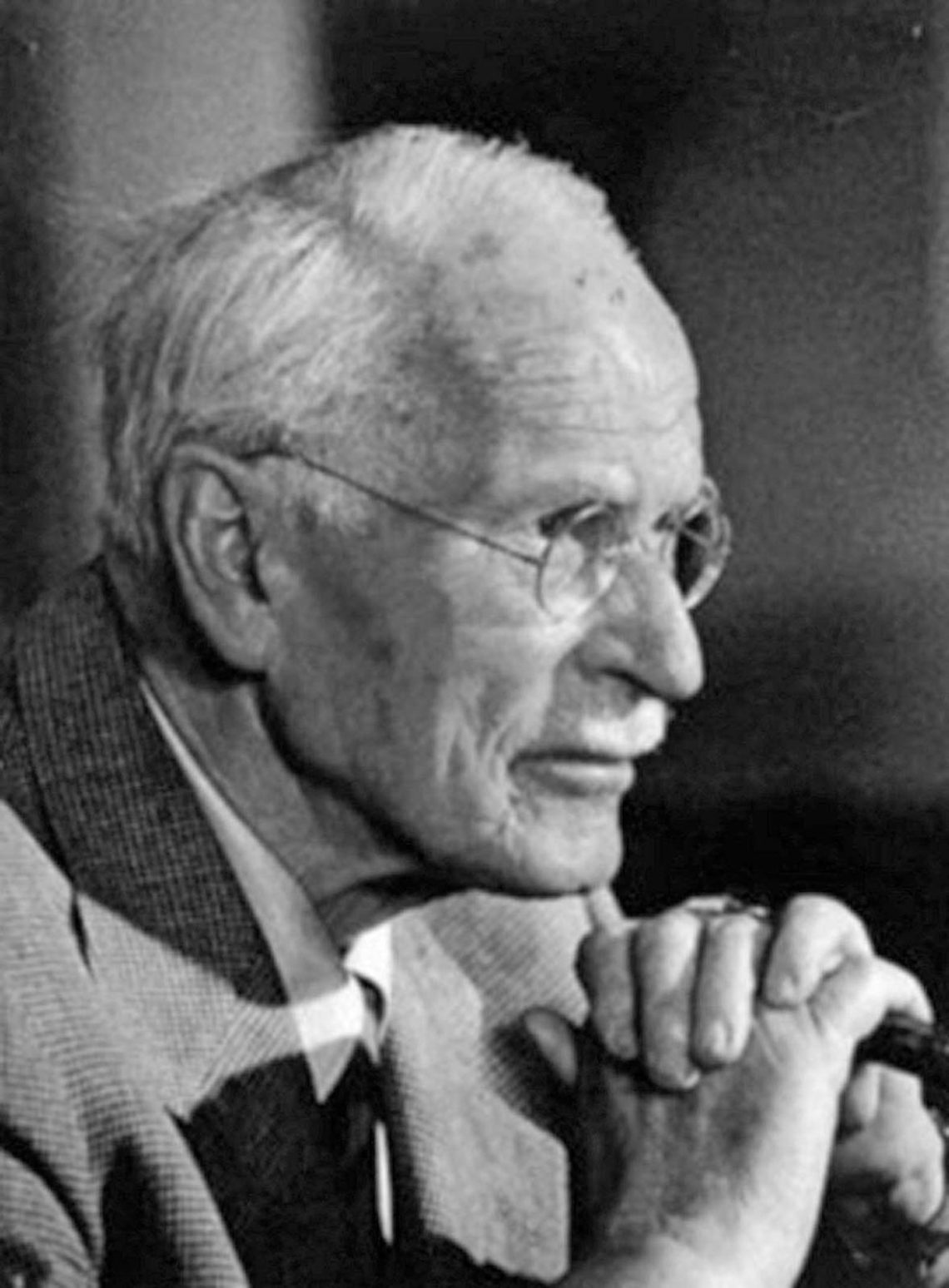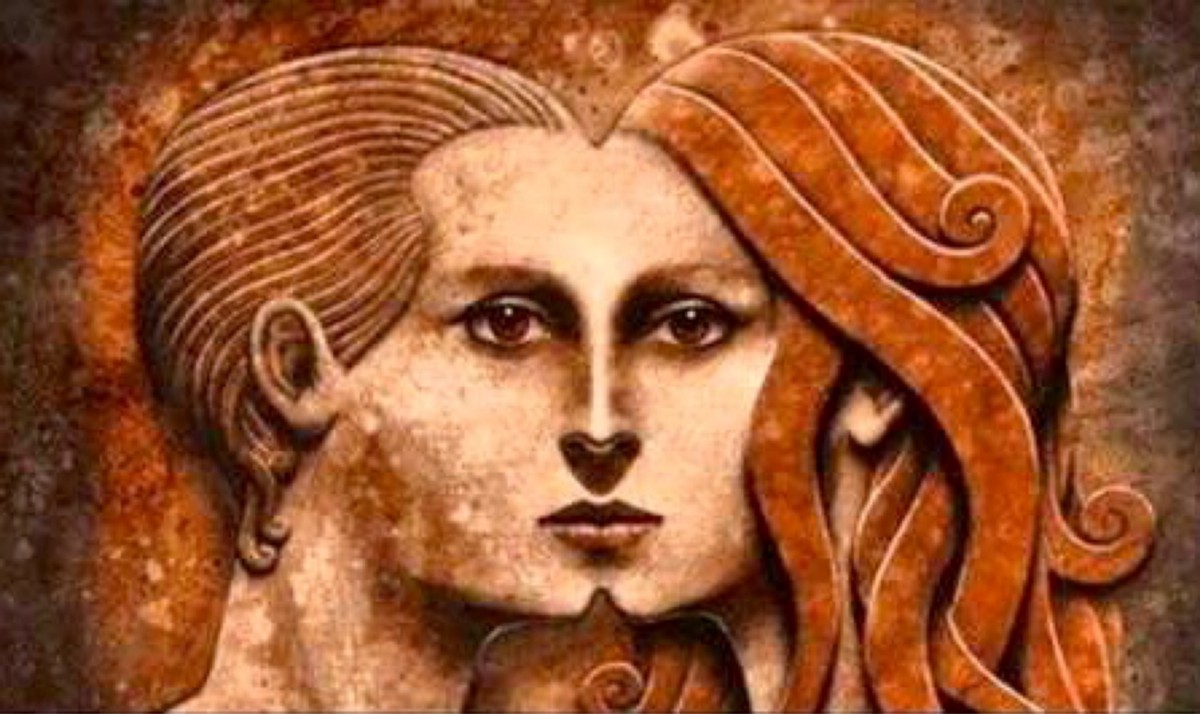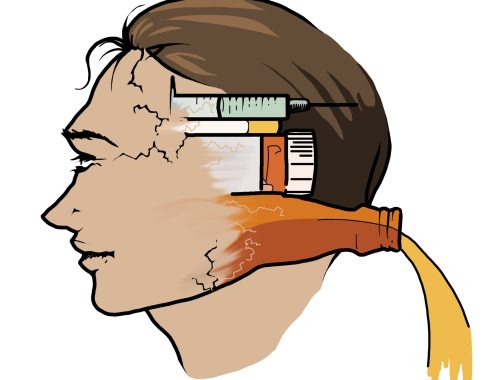
The Basics of Jungian Psychology
Carl Jung was an early supporter of Sigmund Freud because of their shared interest in the unconscious. He was an active member of the Vienna Psychoanalytic Society (formerly known as the Wednesday Psychological Society).
When the International Psychoanalytical Association formed in 1910 Jung became president at the request of Freud. However in 1912 while on a lecture tour of America, Jung publicly criticized Freud’s theory of the Oedipus complex and his emphasis on infantile sexuality. The following year, this led to an irrevocable split between them and Jung went on to develop his own version of psychoanalytic theory.
Most of Jung’s assumptions of his analytical psychology reflect his theoretical differences with Freud. For example, while Jung agreed with Freud that a person’s past and childhood experiences determined future behavior, he also believed that we are shaped by our future (aspirations) too.
Differences between Jung and Freud
Theory of the Libido
Jung disagreed with Freud regarding the role of sexuality. He believed the libido was not just sexual energy, but instead generalized psychic energy. For Jung, the purpose of psychic energy was to motivate the individual in a number of important ways, including spiritually, intellectually, and creatively. It was also an individual’s motivational source for seeking pleasure and reducing conflict
Theory of the Unconscious
Like Freud (and Erikson), Jung regarded the psyche as made up of a number of separate but interacting systems. The three main ones were the ego, the personal unconscious, and the collective unconscious.
According to Jung, the ego represents the conscious mind as it comprises the thoughts, memories, and emotions a person is aware of. The ego is largely responsible for feelings of identity and continuity. Like Freud, Jung emphasized the importance of the unconscious in relation to personality. However, he proposed that the unconscious consists of two layers.
The first layer, called the personal unconscious is essentially the same as Freud’s version of the unconscious. The personal unconscious contains temporarily forgotten information and well as repressed memories.
Jung outlined an important feature of the personal unconscious called complexes. A complex is a collection of thoughts, feelings, attitudes, and memories that focus on a single concept.
The more elements attached to the complex, the greater its influence on the individual. Jung also believed that the personal unconscious was much nearer the surface than Freud suggested and Jungian therapy is less concerned with repressed childhood experiences. It is the present and the future, which in his view was the key to both the analysis of neurosis and its treatment.

The Collective Unconscious
However, by far the most important difference between Jung and Freud is Jung’s notion of the collective (or transpersonal) unconscious. This is his most original and controversial contribution to personality theory.
The collective unconscious is a universal version of the personal unconscious, holding mental patterns, or memory traces, which are shared with other members of human species. These ancestral memories, which Jung called archetypes, are represented by universal themes in various cultures, as expressed through literature, art, and dreams.
According to Jung, the human mind has innate characteristics “imprinted” on it as a result of evolution. These universal predispositions stem from our ancestral past. Fear of the dark, or of snakes and spiders might be examples, and it is interesting that this idea has recently been revived in the theory of prepared conditioning.
However, more important than isolated tendencies are those aspects of the collective unconscious that have developed into separate sub-systems of the personality. Jung called these ancestral memories and images archetypes.
Jungian Archetypes
Jungian archetypes are defined as images and themes that derive from the collective unconscious, as proposed by Carl Jung. Archetypes have universal meanings across cultures and may show up in dreams, literature, art or religion. Jung believes symbols from different cultures are often very similar because they have emerged from archetypes shared by the whole human race which are part of our collective unconscious.
For Jung, our primitive past becomes the basis of the human psyche, directing and influencing present behavior. Jung claimed to identify a large number of archetypes but paid special attention to four. Jung labeled these archetypes the Self, the Persona, the Shadow and the Anima/Animus.
The Persona
The persona (or mask) is the outward face we present to the world. It conceals our real self and Jung describes it as the “conformity” archetype. This is the public face or role a person presents to others as someone different to who we really are (like an actor).

The Anima/Animus
Another archetype is the anima/animus. The “anima/animus” is the mirror image of our biological sex, that is, the unconscious feminine side in males and the masculine tendencies in women.
Each sex manifests attitudes and behavior of the other by virtue of centuries of living together. The psyche of a woman contains masculine aspects (the animus archetype), and the psyche of a man contains feminine aspects (the anima archetype).
The Shadow
Next is the shadow. This is the animal side of our personality (like the id in Freud). It is the source of both our creative and destructive energies. In line with evolutionary theory, it may be that Jung’s archetypes reflect predispositions that once had survival value.
The Self
Finally, there is the self which provides a sense of unity in experience. For Jung, the ultimate aim of every individual is to achieve a state of selfhood (similar to self-actualisation), and in this respect, Jung (like Erikson) is moving in the direction of a more humanist orientation.
That was certainly Jung’s belief and in his book “The Undiscovered Self” he argued that many of the problems of modern life are caused by “man’s progressive alienation from his instinctual foundation.” One aspect of this is his views on the significance of the anima and the animus.
Jung argues that these archetypes are products of the collective experience of men and women living together. However, in modern Western civilization men are discouraged from living their feminine side and women from expressing masculine tendencies. For Jung, the result was that the full psychological development both sexes was undermined.
Together with the prevailing patriarchal culture of Western civilization, this has led to the devaluation of feminine qualities altogether, and the predominance of the persona (the mask) has elevated insincerity to a way of life which goes unquestioned by millions in their everyday life.
Critical Evaluation
Jung’s ideas have not been as popular as Freud’s. This might be because he did not write for the layman and as such his ideas were not a greatly disseminated as Freud’s. It may also be because his ideas were a little more mystical and obscure, and less clearly explained.
However, Jung’s work has also contributed to mainstream psychology in at least one significant respect. He was the first to distinguish the two major attitudes or orientations of personality – extroversion and introversion. He also identified four basic functions (thinking, feeling, sensing, and intuiting) which in a cross-classification yield eight pure personality types.
Psychologists like Hans Eysenck and Raymond Cattell have subsequently built upon this. As well as being a cultural icon for generations of psychology undergraduates Jung, therefore, put forward ideas which were important to the development of modern personality theory.

Self-Concept in Psychology
You May Also Like

How To Cope With Grief Healthily
2022-12-08
The Psychology of Addiction
2022-06-30

2 Comments
Pingback:
Pingback: